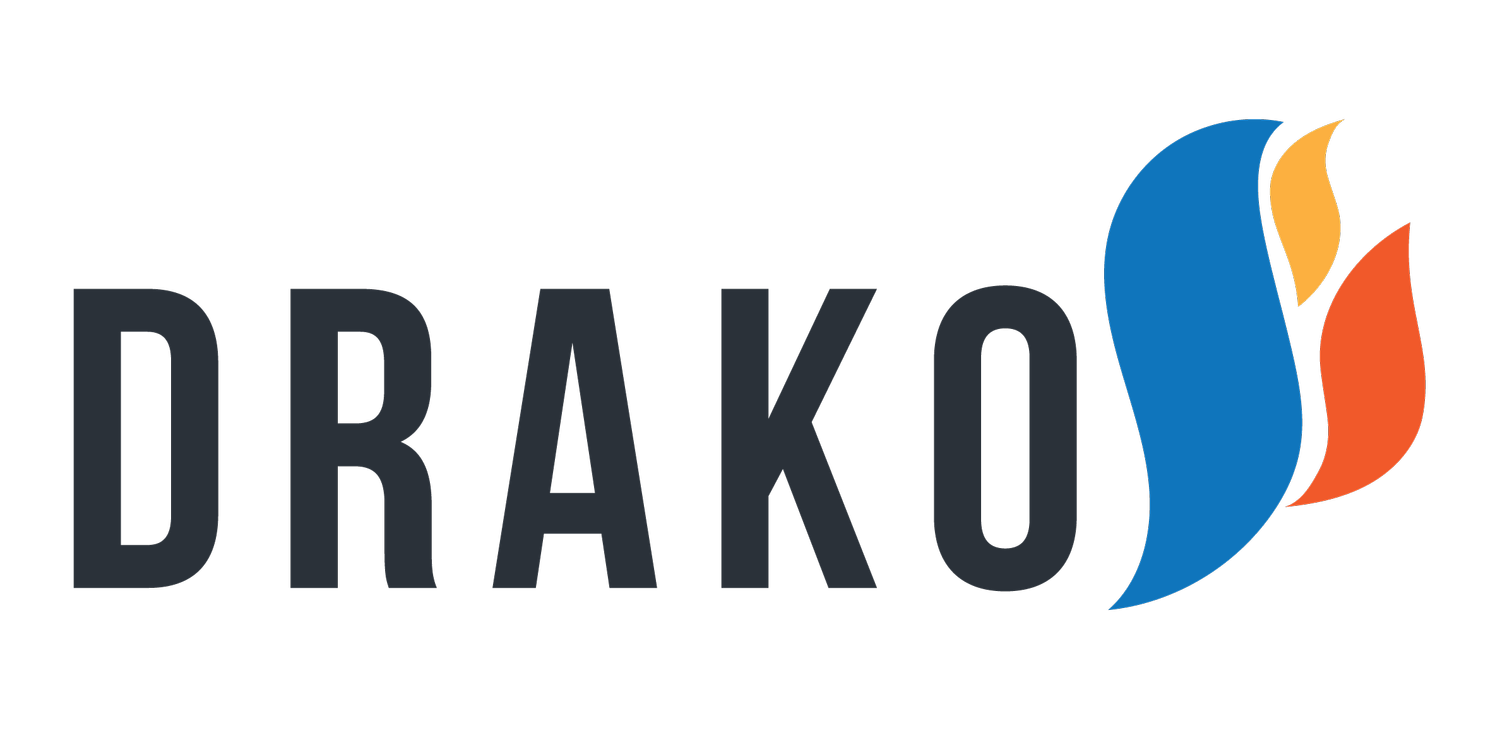Getting Started with CTV
Connected TV is significantly less expensive than traditional TV, and allows advertisers using video to reach the coveted “cord-cutter” demographic.
As video streaming’s surge in popularity shows no signs of returning to pre-pandemic levels, more agencies are considering adding CTV campaigns to their overall media mix.
Connected TV is significantly less expensive than traditional TV, and allows advertisers using video to reach the coveted “cord-cutter” demographic. As always, going digital allows for far greater control over audience-targeting, in addition to richer feedback and reporting options.
Getting started with a new, technically-complex strategy can seem daunting, but CTV is not entirely unfamiliar. Any agency running linear TV ads should strongly consider CTV as a great alternative to offer smaller advertisers. Pre-roll creatives can easily be adapted for CTV campaigns, and should yield far higher completion rates. Low barriers to entry and a lack of campaign minimums make CTV a low-risk way for brands with fewer creative resources to dip their toes into video ads.
Newswire - May 2021
Digital platforms increasingly calling the shots when it comes to consumer privacy protection
Consumers have spent more time online during the pandemic than ever before, leaving companies overwhelmed by an unprecedented volume of raw data. Analysts are increasingly relying on location data to filter through these huge quantities of first-party data, and many plan to continue layering in location during the gradual return to in-person contexts. (Ad Age)
The dramatic growth of Connected TV and streaming companies like Roku over the last year has opened up the television landscape in a cost-effective way to new, smaller advertisers. One ad executive advises that marketers new to the technology turn to a dedicated agency: “They have the resources, they have the expertise… the worlds of digital and data and AI and machine learning are really coming into TV.” (The Drum)
A fragmented landscape of data regulations has led to digital platforms increasingly calling the shots when it comes to consumer privacy protection. Advertisers should take note: Changes made by juggernauts like Google and Apple will likely have broader and more dramatic ramifications on the global ecosystem than those of government bodies (e.g. GDPR or CCPA.) (Digiday)
What is Unified ID 2.0?
Major tech platforms have begun limiting the use of third-party cookies on their browsers, leaving advertisers in search of a replacement.
"Unified ID 2.0" is The Trade Desk's proposed solution, linking users' anonymized login information to their online activities. TTD's solution goes beyond the capabilities of the original cookie by more effectively integrating newer ad-tech (like mobile apps and Connected TV) into the ecosystem.
Many industry players -- brands, publishers, ad tech companies -- have already signed on. This includes market research behemoth Nielsen, which has already announced that UID will be a core component of their upgraded measurement portfolio.
Newswire - April 2021
Despite popular regulations and crackdowns on Big Data around the world, sharing one’s data in exchange for personalized information has become increasingly normalized. This gap between individuals' reported privacy preferences and their real-world behavior has been described as a “privacy paradox,” a contradiction that is sure to lead to major policy disputes over the next few years. (IMF Finance & Development)
The Trade Desk’s “Unified ID” is quickly emerging as a rival to Google’s solutions for the future of cookieless advertising. Although Google currently boasts an impressive 40% share of the ad tech market compared to TTD’s 8%, TTD’s impressive growth trajectory and dominance in newer ad formats lend credence to its proprietary cookieless solution. (Yahoo Finance)
A director of strategy in retail data management summarizes why location data has become more important than ever, even during a pandemic-induced shift to online shopping. Combining local e-commerce sales and market data with location data like foot traffic can help brick-and-mortar stores better manage their online presence, their staff, and their customers’ experience. (Retail Customer Experience)
Partnering with The trade desk for uid 2.0
This integration with UID 2.0 further future-proofs DRAKO's addressability solutions offered through Euklid, DRAKO's audience management platform.
Drako in the news
Tracking the Spread of COVID-19
Data from millions of cell phones show how spring break was a catalyst for the pandemic in Quebec.
Anatomy of a region in lockdown
While distances travelled shrank dramatically overall because of COVID-19, peoples’ movements varied hugely within the capital region.
Tracking Pandemic with Cellphones
Find out how we use aggregated data lists to monitor hotspots in cities like Montréal.




